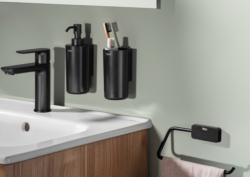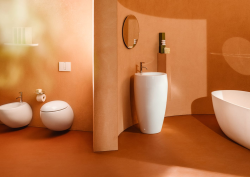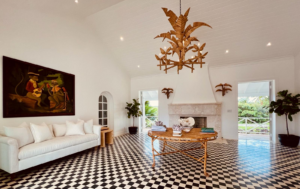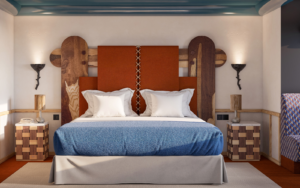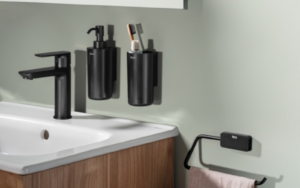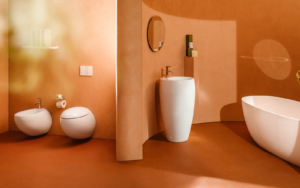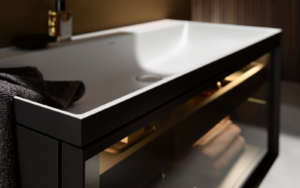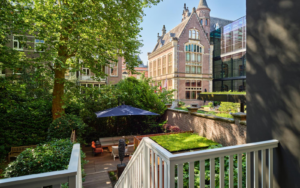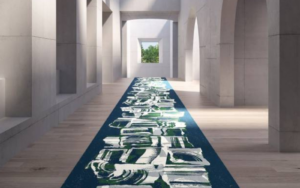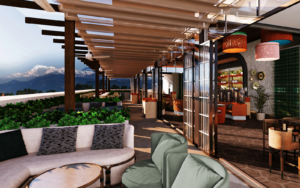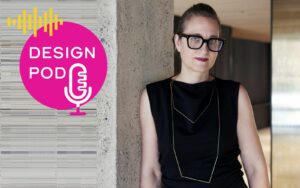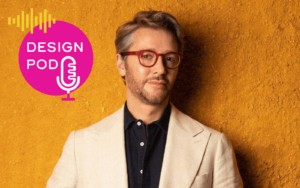Jacob Allan Leader, Hospitality UK, LIXIL EMENA and GROHE, provides us with an insight from the bathroom brand, highlighting the importance of specifying sustainable fittings…

According to recent research commissioned by the Consumer Council for Water, it was found that 94 per cent of people underestimate the amount of water they use per day. Over a fifth of participants in the study believed their household used less than 20 litres per day, when the average usage per person is actually 152 litres of water per day.
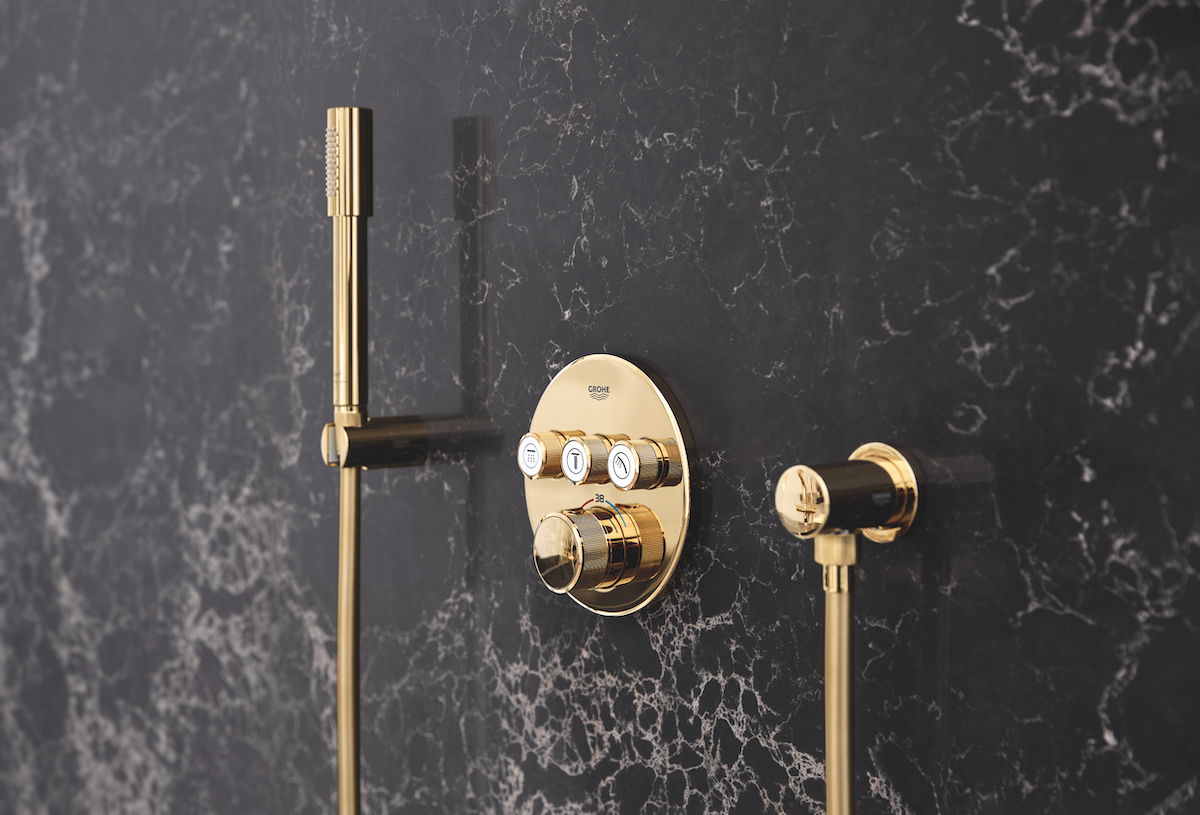
Image credit: GROHE
When we use water, we tend to forget about the existential value it has and that it is not an infinite source that we can take for granted. Turning off the shower when soaping or reducing the water flow when brushing your teeth is tried and tested advice for water efficiency. However, this alone will not significantly reduce water consumption.
The bathroom is no stranger to technological innovations and in recent years, such tech advancements have evolved, granting us greater opportunities. With solutions now in place to improve personalisation, accessibility, and sustainability all while improving overall user experience, there’s little room not to utilise these options as standard.
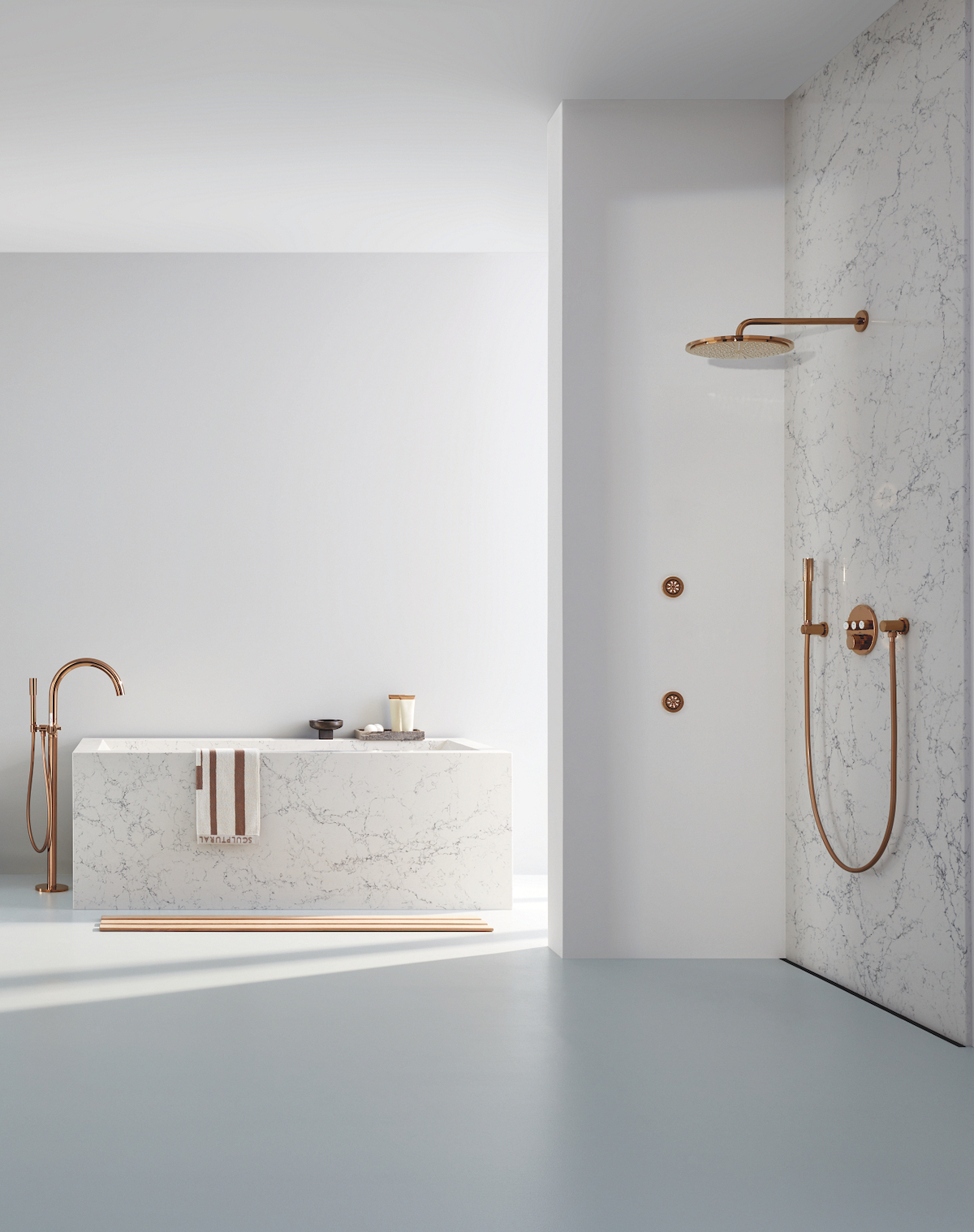
Image credit: GROHE
Fittings with flow limiters reduce water consumption from 10 litres per minute to just 5 litres per minute, with an integrated aerator providing the same voluminous feel. For improved energy efficiency, taps have been developed that only run cold water when the lever is pushed beyond the middle position, forcing users to have to actively choose to use warm water. Small and discreet changes like these not only raise awareness of more sustainable consumption but also help to reduce a building’s carbon footprint.
A key part of the global water scarcity solution is green specification. Here, architects, developers and installers can help by opting for products designed with sustainability in mind as a first instance. Some may be discouraged from investing in resource-saving fittings due to the common misconception that the level of performance and experience, will be compromised. However, with modern technology and innovations, this is no longer the case as product development allows us to create sustainable products without compromising on elements of design and performance.
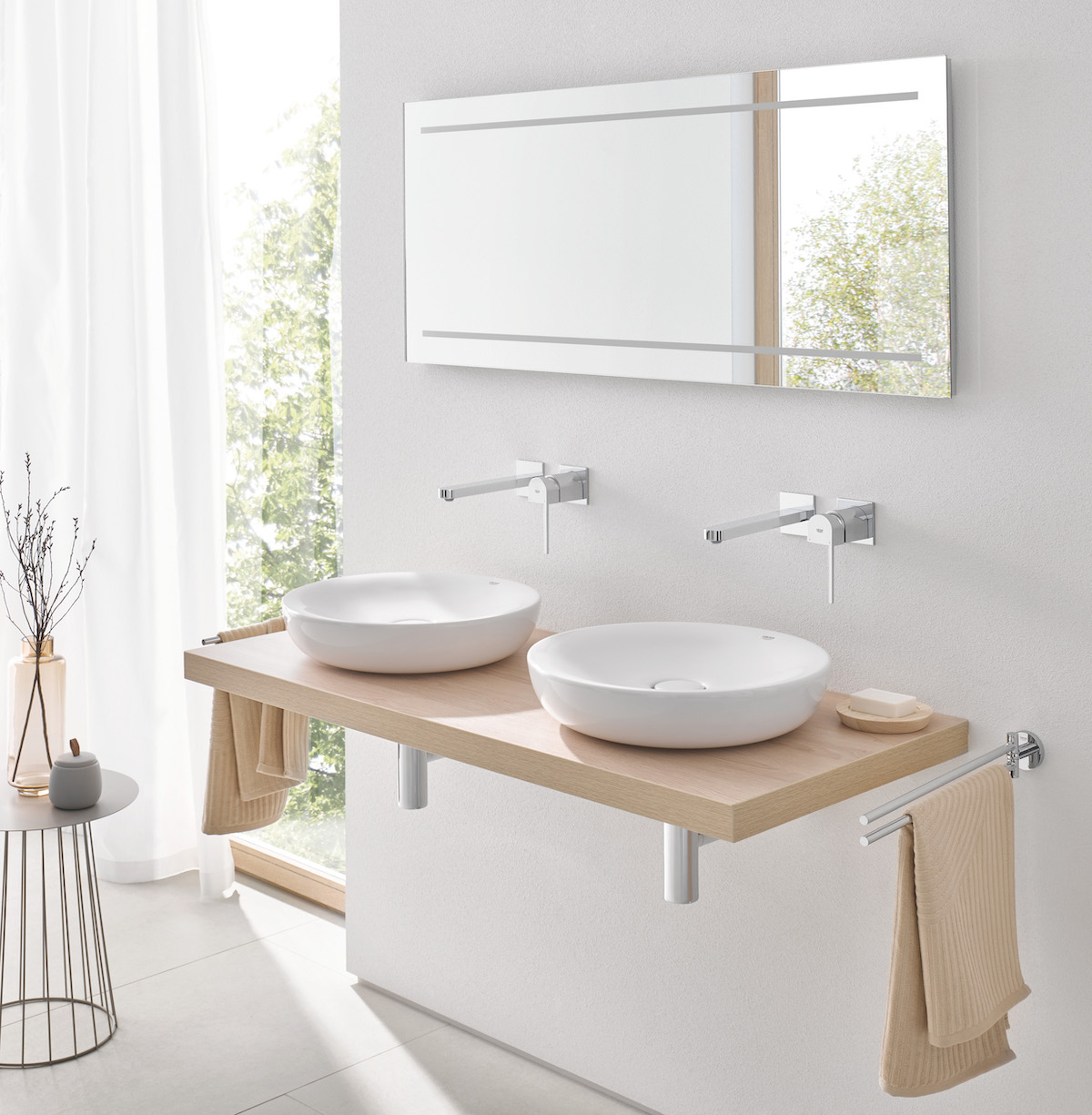
Image credit: GROHE
Environmental Product Declarations (EPDs) provide the product-specific environmental performance data that can be used when conducting the whole building LCA. In several markets – France and the Nordics in particular – EPDs are already considered business-critical.
EPD data is independently verified against a set of international and European standards for the construction industry. There are standardised rating frameworks for different product categories. This means that specifiers and procurement professionals can directly compare the lifelong environmental impact of products within the same group, enabling them to make more informed product choices.
We need to change how we use water – and we need to start today. Our resources are being stretched to new limits, and alongside the impacts of the climate crisis, this is making water scarcity a daily challenge for more and more communities across the globe.
> Since you’re here, why not read about the recycling shower from GROHE, expected to launch in 2024?
GROHE is one of our Recommended Suppliers and regularly features in our Supplier News section of the website. If you are interested in becoming one of our Recommended Suppliers, please email Katy Phillips.
Main image credit: GROHE

